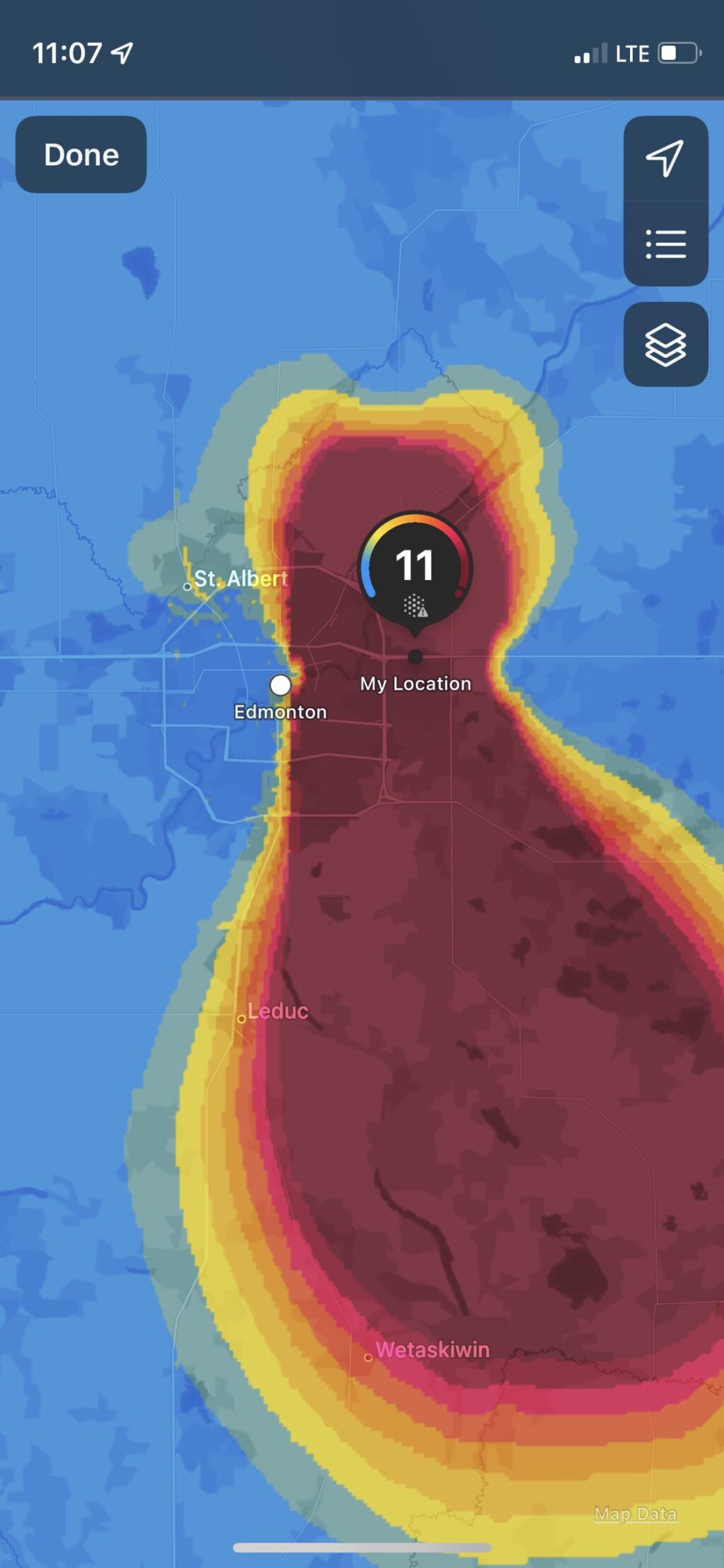
Introduction
Air quality has become a pressing issue in many urban areas, and Edmonton is no exception. With an increasing population and industrial activity, understanding the air quality levels in Edmonton is crucial for the health and well-being of its residents. This article highlights the current air quality situation in Edmonton, emphasizing its relevance amid growing climate concerns.
Current Air Quality Status
In recent weeks, Edmonton has experienced fluctuating air quality levels due to a combination of factors including weather conditions, increased vehicular emissions, and wildfires in neighbouring regions. The Air Quality Health Index (AQHI) in Edmonton has reported several days where levels reached ‘moderate’ to ‘poor’ ratings, reflecting health risks for sensitive groups such as children and those with pre-existing health conditions.
As of mid-October 2023, data from Alberta Environment and Parks indicates that particulate matter (PM2.5) and nitrogen dioxide (NO2) levels have been higher than the provincial average on certain days. The Edmonton Air Quality Advisory reported that when air quality deteriorates due to wildfire smoke or temperature inversions, residents are advised to reduce outdoor activities, especially strenuous exercise.
Factors Affecting Edmonton’s Air Quality
Several key factors contribute to the air quality challenges faced by Edmonton:
- Industrial Emissions: The presence of refineries and other industrial operations in and around Edmonton contributes to elevated pollutant levels, notably volatile organic compounds (VOCs).
- Traffic Congestion: Traffic emissions from vehicles, particularly during peak hours, significantly impact local air quality, adding to the pollution levels.
- Climate Conditions: Weather plays a significant role in air quality; stagnant air can lead to the accumulation of pollutants, while wind and rain can help disperse them.
Public Response and Future Outlook
The City of Edmonton, in collaboration with health authorities, has been proactive in monitoring air quality and issuing alerts when necessary. Public awareness campaigns are being ramped up to educate the community about the effects of poor air quality and appropriate measures to take during advisories.
Looking ahead, there is hope that upcoming green initiatives and stricter emissions regulations will lead to improvements in air quality. The city is investing in public transportation and promoting sustainable practices to mitigate pollution.
Conclusion
Being informed about air quality is essential for all Edmontonians, particularly vulnerable populations. While recent air quality levels have raised concerns, collective efforts from the community and local governments can pave the way for a healthier environment. As measures are implemented to combat air pollution, Edmonton’s residents remain hopeful that future air quality will improve, ensuring a vibrant and healthy city.



